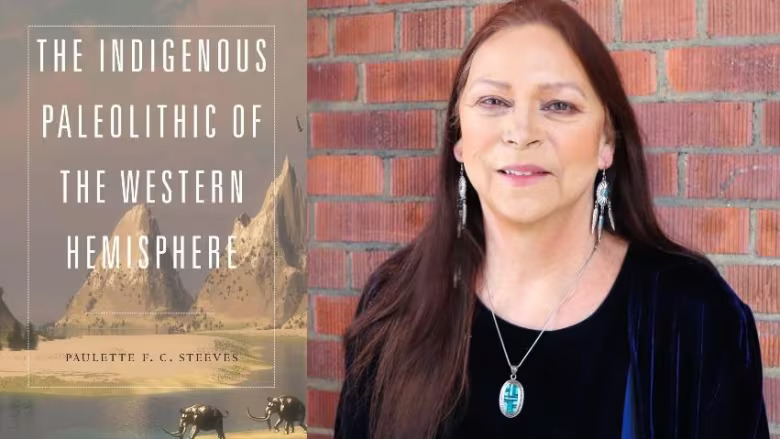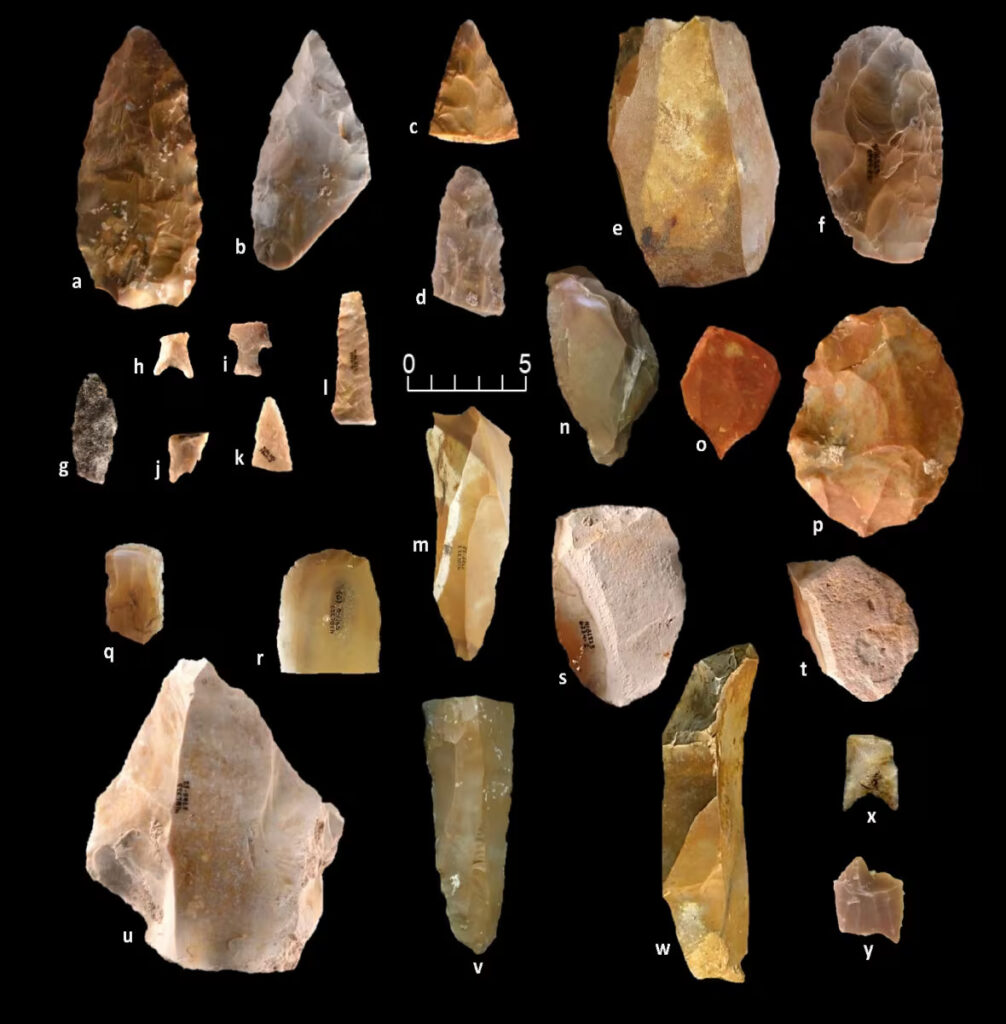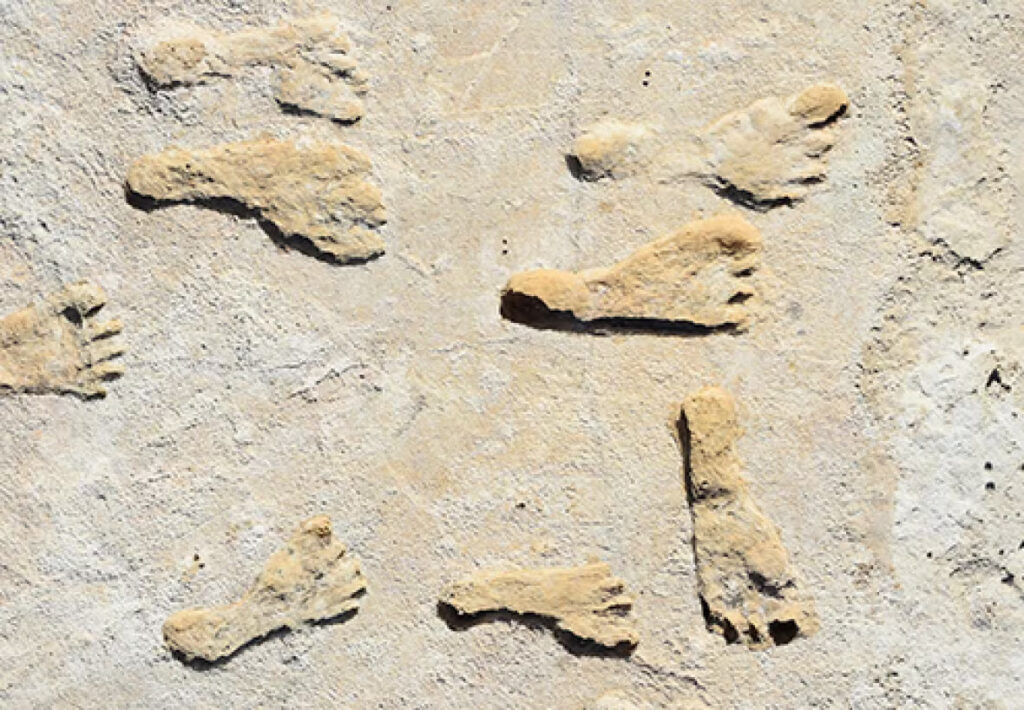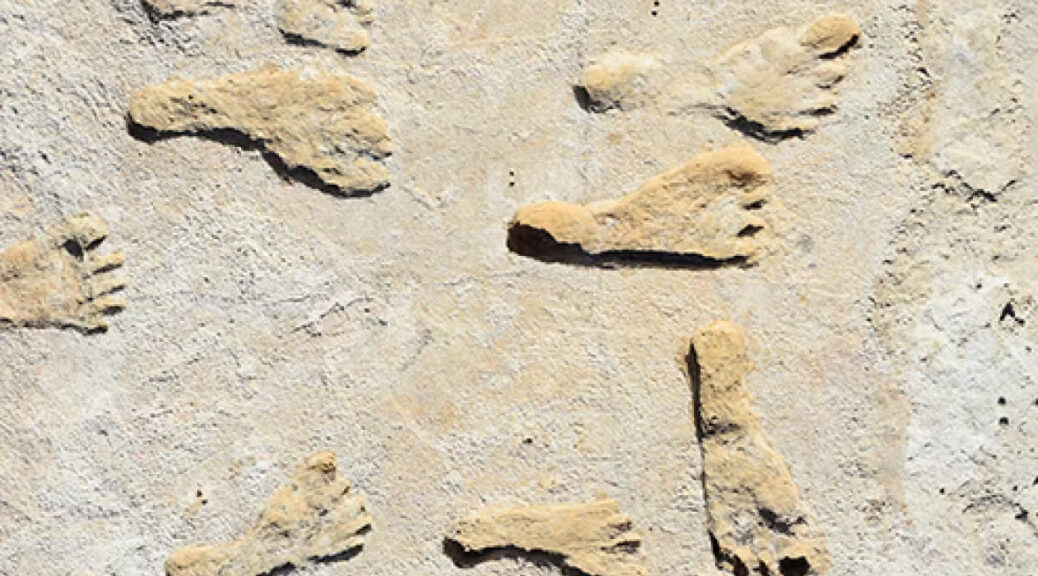Indigenous archaeologist argues humans may have arrived here 130,000 years ago

An old story about the “Old Stone Age” in North America is now giving way to new evidence — or to be precise, evidence that is much, much older than scientists used to accept.
Archaeologists long believed that the first peoples to set foot on this continent arrived by crossing a land connection, the Bering Strait, from Siberia at the end of the last ice age, around 11,500 to 12,000 years ago.
They are often called ‘Clovis people’ — named after the first discovery of stone tools used around this time, at a site near Clovis, New Mexico.

This period is relatively recent when compared to the history of homo sapiens, and it can conflict with the view of many Indigenous people who believe their ancestors have lived here “since time immemorial.”
“For many, many years, people thought the Clovis were the first people of North America, and that was the primary paradigm,” said Steven Holen, research director at the Center for American Paleolithic Research.
That paradigm has now shifted, due to studies such as the 2017 analysis of fossilized footprints at White Sands National Park in New Mexico, which suggested a human presence dating back at least 20,000 years.

However, for those archaeologists who once faced aggressive pushback for challenging the so-called ‘Clovis First’ theory, the recent relaxing of archaeological dogma is too little, and too lacking in humility.
“This was an area that was an academic violence against Indigenous people,” said Paulette Steeves, author of The Indigenous Paleolithic of the Western Hemisphere.
Her book gathers together the latest evidence and arguments in favour of believing the human presence in North America goes back many tens of thousands of years — at a minimum.
“We’re supposed to believe that early hominids got to northern Asia 2.1 million years ago and then for some reason didn’t go any farther north,” Steeves explained. “A few thousand more kilometres, they would have been in North America. So it does not make any sense whatsoever.”
Steeves is a professor of sociology at Algoma University in Sault Ste. Marie, and a Canada Research Chair in Healing and Reconciliation. For her, the meaning of “time immemorial” need not conflict with the archaeological project of dating the initial peopling of this hemisphere.
“This is where their cultures grew,” she said. “This is where their languages grew. This is where they’re from. They can tell their story in any way they want.”
